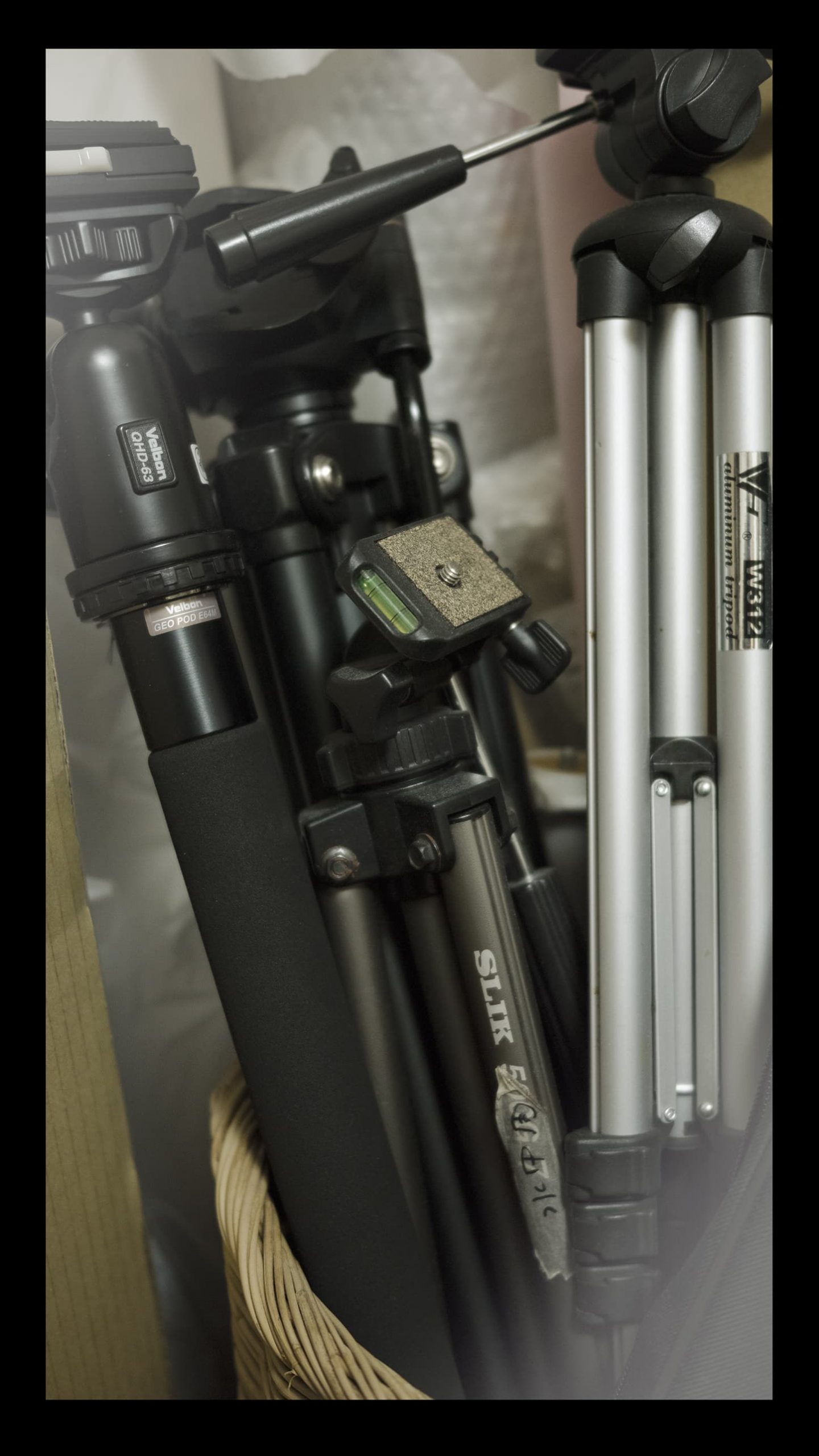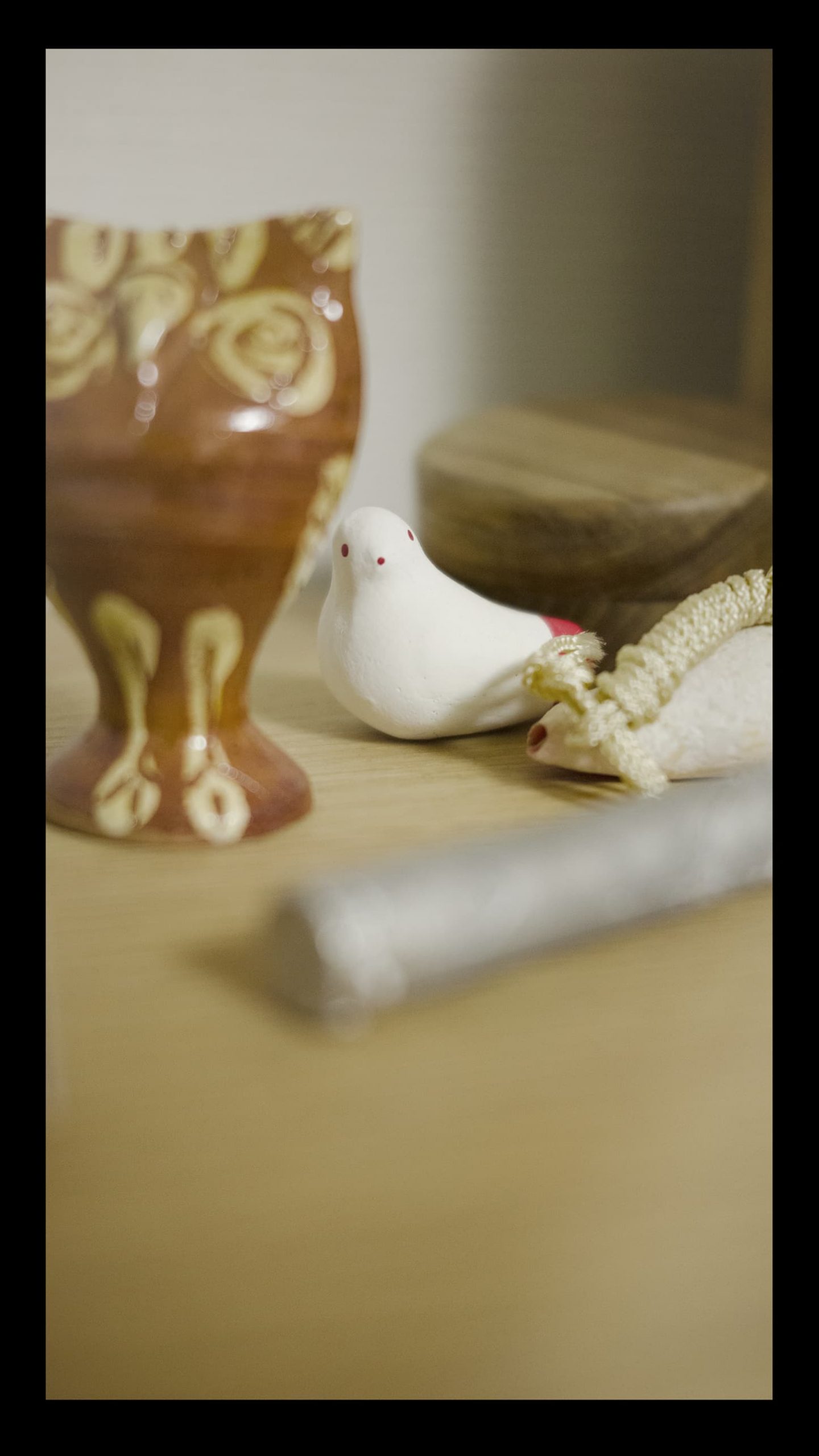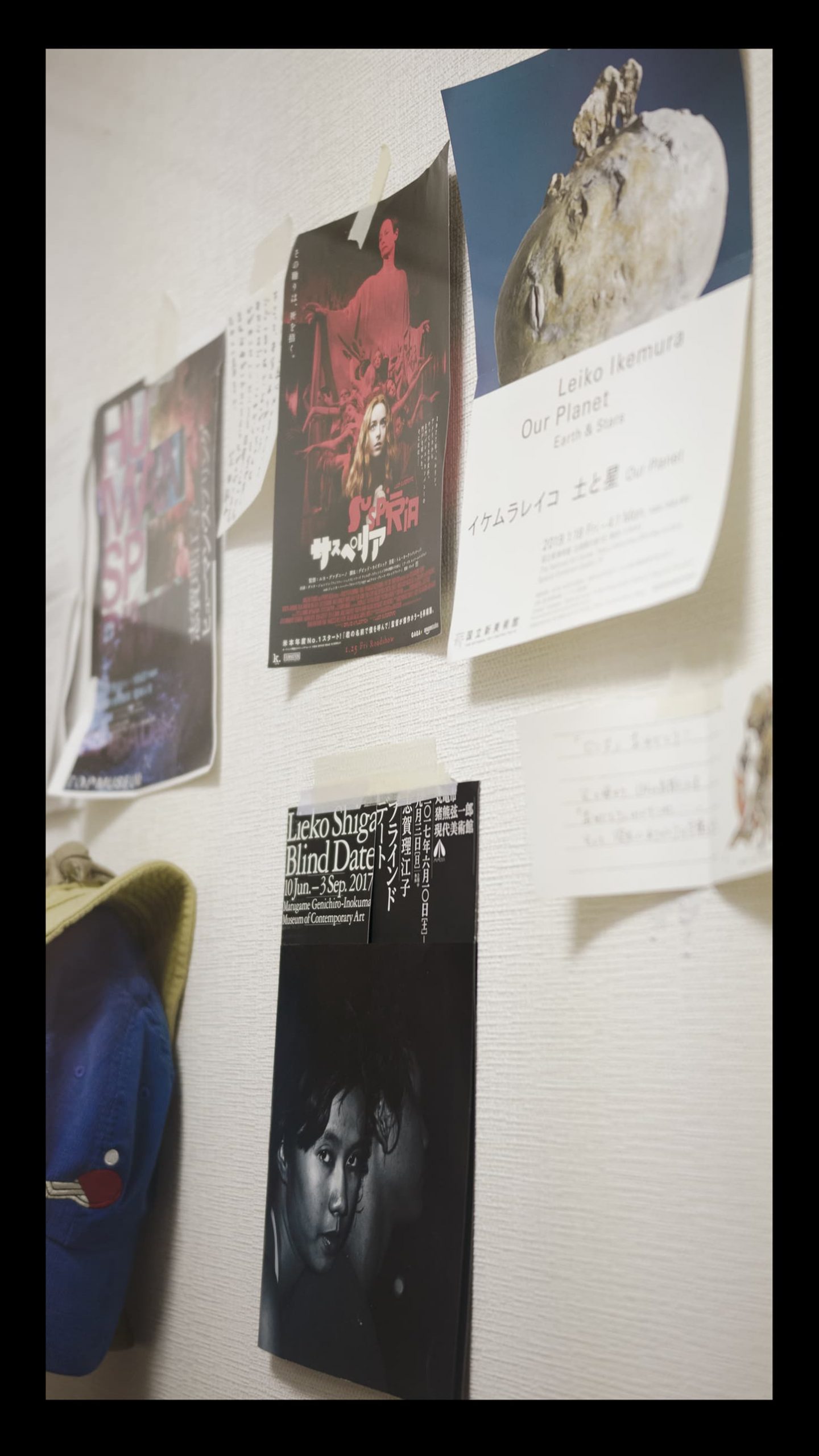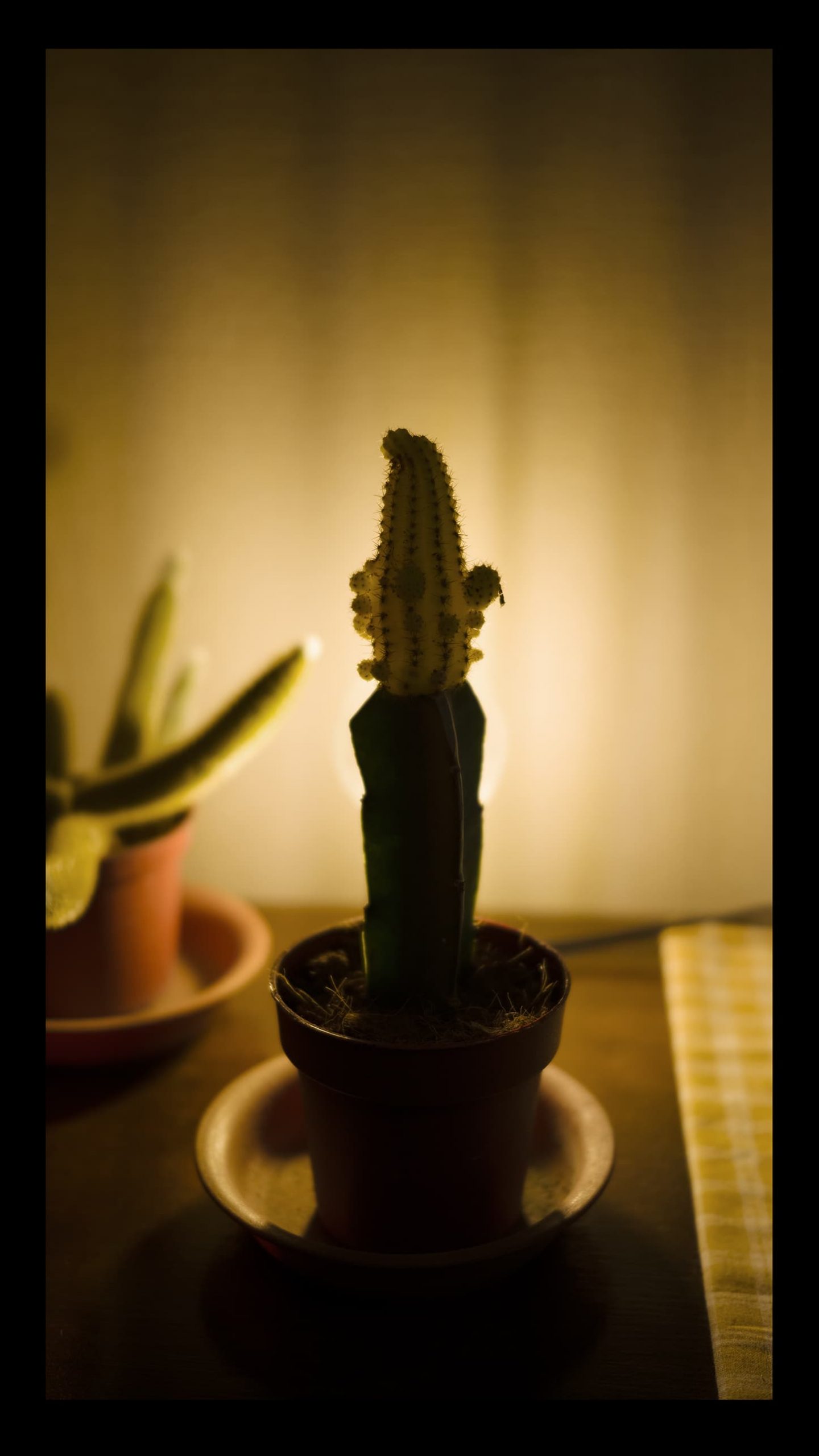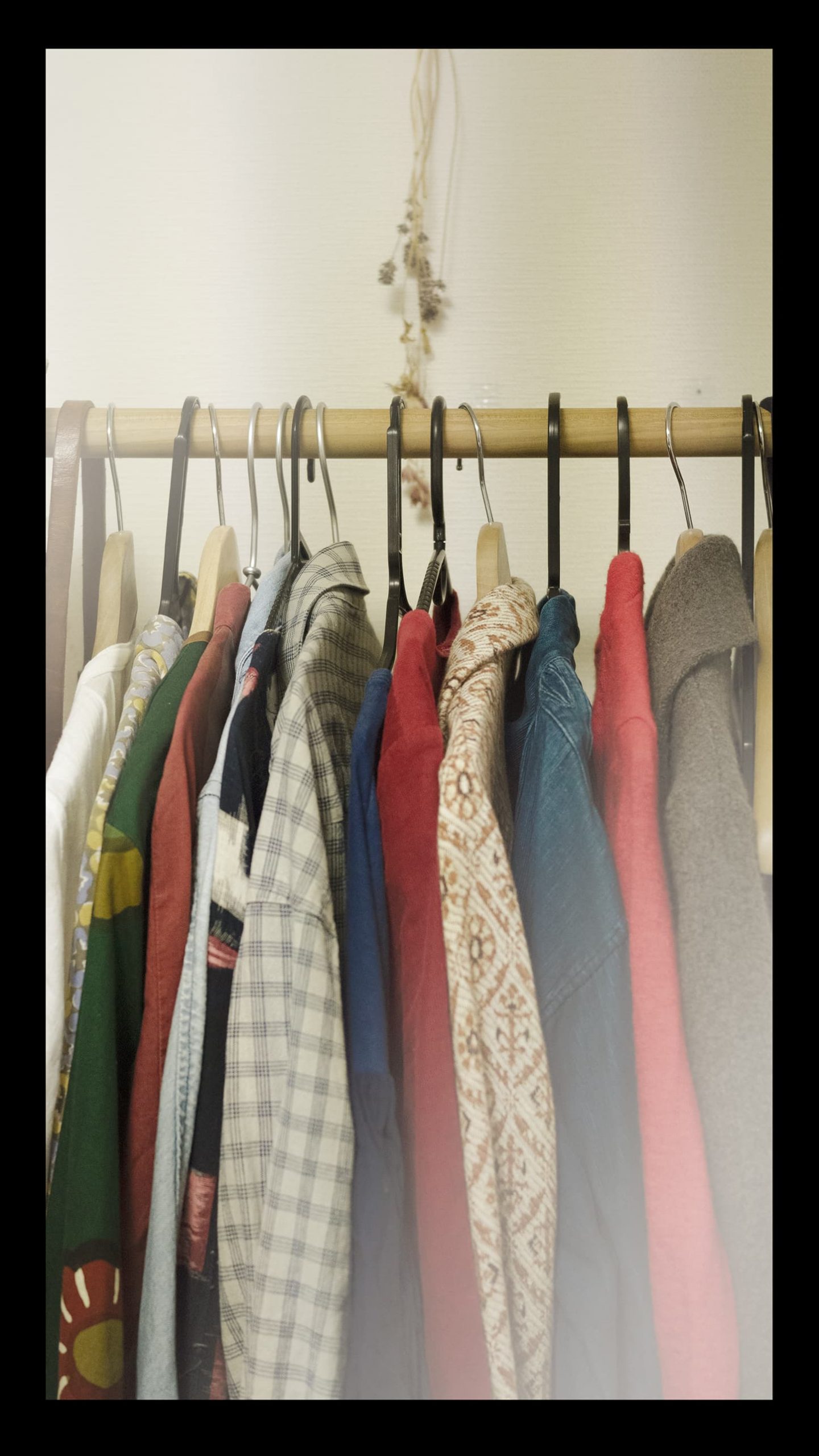
Nao Yoshigai
Filmmaker / Dancer / Choreographer
Produce: Yoshinao Yamada, Photo: Hiroshi Iwasaki, Video: DRAWING AND MANUAL
*English subtitle is available on this video.
Life+fp
"This is how I always
wanted to shoot -
color tones and light reproduced exactly as they are"
"I make films, create choreographies, and sometimes I also dance myself"
My name is Nao Yoshigai. I do a lot of different jobs. I make films, create choreographies, and sometimes I also dance myself. When making films, I'm more involved with directing than filming. That means I talk with the camera man or woman about the kind of images I want to shoot, and then they film them for me. In other words, my involvement with photographic gear is often rather indirect. I used to take a lot of photographs, but once Instagram came out and the world was flooded with photos, I guess I felt oversaturated. At any rate, I wondered if it weren't better to shoot fewer photos, and that's why I haven't taken many pictures myself lately.
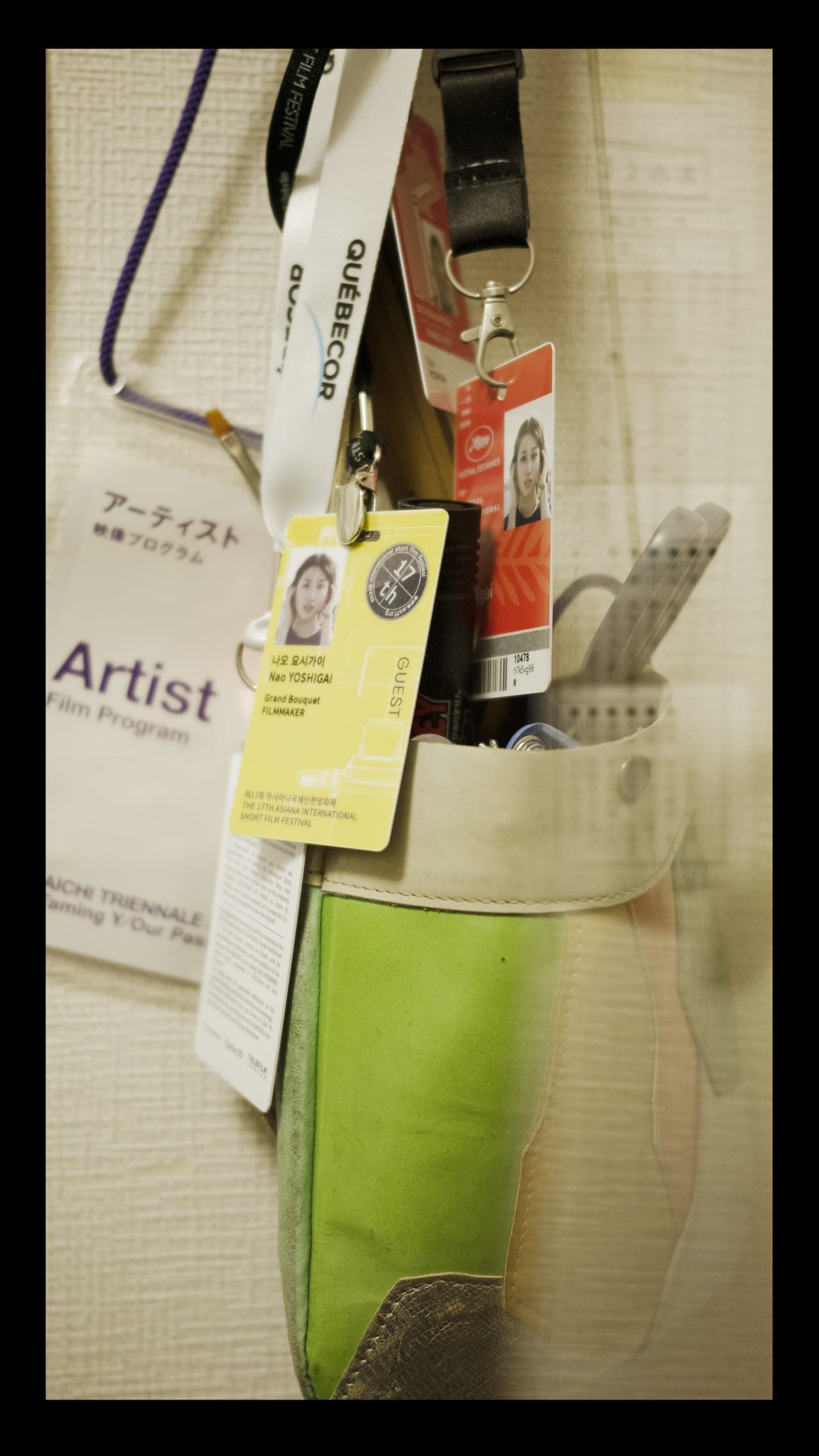
"I wanted to use the fp because it shoots colors exactly as you see them"
A few days ago I came back from a three-week stay on the Shiretoko Peninsula in Hokkaido to shoot a short film. I'm creating the video for a festival called "Shashin Zero Banchi" that photographer Naoki Ishikawa has been organizing for the last four years, and Naoki was kind enough to be the cameraman for my film. I told him I'd like to shoot the film with the SIGMA fp. Anyone who has used the fp will tell you the same, but the camera really is extremely light. Even with this SIGMA 45mm F2.8 DG DN | Contemporary attached, it is still extremely light and easy to carry, so much so that I have started wanting to take photographs again. But more than that, the reason I wanted to create my film in Shiretoko with the fp is its ability to shoot the colors exactly as you see them. Honestly, I have never seen such a camera before.
"Even though it is easy to use, its images are very powerful"
We used the "neutral" color mode during most of the shoot. The fp is also able to shoot RAW video, but with all the color modes available eventually I decided it'll be enough to use the images the camera gives us, without having to develop them first. With the cameras I've used so far, I always needed to adjust the colors to create my works, but to be honest, this time I wanted to use the images as they are, without adding anything to them to make them more "movie-like." Before the fp, I mainly used the Sony α7s II to shoot video, but I also use an OSMO, a Blackmagic Pocket Cinema and an iPhone. In terms of usability, I think the fp is close to the OSMO or the iPhone, especially the fact that you can just take it out in a flash and start shooting. However, even though I can carry the camera around in my bag, it actually shoots very powerful pictures. In other words, it has the power of description.

"I learned about the fp when I appeared in the concept movie"
I learned about the fp when I appeared in the concept movie. Koichiro Tsujikawa, the concept movie's director, offered me a role in the video through the production company "Spoon" (where I have also worked before). That was my first encounter with the camera. I did knew about SIGMA before, though, because my husband is a big fan of their products. I am not that knowledgeable when it comes to cameras, but my husband is such a huge fan that he even bought an entire series of manga books because the heroine uses SIGMA cameras ("Tobikome!! Numa" by Yoshitoshi ABe). He's telling me how amazing SIGMA's lenses are. He's very passionate about cameras and lenses, constantly researching, sampling, buying, shooting. He uses Youtube for research, then actually goes and buys gear and teaches me about everything in detail and with passion.
"A camera capable of capturing moments and sights that we'll never see again"
I think this always happens when you start using new equipment, but it did take some time to become familiar to the fp since everything was a bit different to what I was used to. But now that I've become used to it after carrying it around all the time, I must say that it is very easy to use, really. Filming in Shiretoko this time, the conditions were exceptionally difficult, with temperatures of minus 20℃, even minus 24℃. The budget was limited, and everyone on our small team had to help carry the equipment into the snowy mountains in extreme cold, so of course we had to keep the gear to a minimum. But on the other hand, if we go through all the trouble to shoot the breathtaking nature of Shiretoko, then I wanted to capture it in beautiful pictures. I needed a camera that was capable of delivering good images, so that we would be able to capture moments and sights that we'll never see for a second time. The fp lived up to those expectations very well. It delivered everything I wanted from it.
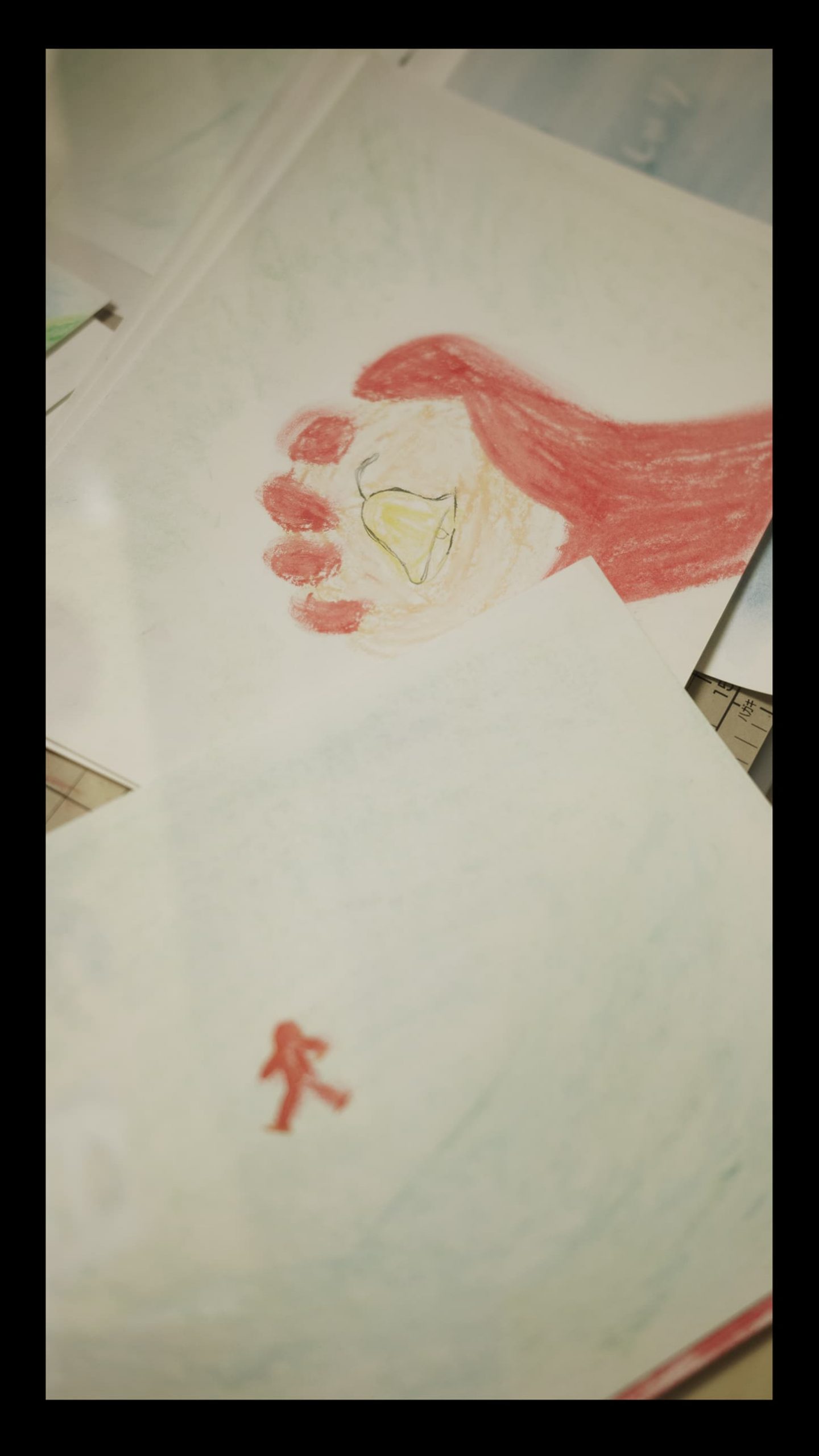
"Everyone agreed on the fp's strong cold resistance - and on the colors it delivered"
Despite the extremely cold climate, the batteries of the fp were okay. I was very worried about their possible failure, so I actually brought about ten spare battery packs with me. Naoki was very concerned about the batteries as well at first. But once we started shooting, he said, "yeah, SIGMA really is strong against the cold." Everyone agreed on SIGMA's strong cold resistance - and on the colors it delivered. Maybe it was the high resolution of our shots in nature, or the strong reproductive power of the images, or maybe a combination of the colors and the image resolution, but I thought that was amazing. In snowy landscapes like the winterly Shiretoko, you need a high resolution or otherwise all the details will be crushed.
"This is how I always wanted to shoot - color tones and light reproduced exactly as they are"
I'm looking forward to the summer, when I can shoot bright skies and the deep greens of nature in the summer sunshine. When I use normal cameras, the greens that I saw with my eyes and the greens captured in the images are often completely different. In my experience with the fp so far, the colors in the images were very close to what I have seen with my own eyes. That's how I always wanted to shoot - color tones and light reproduced exactly as they are. There are also many cameras and features that allow you to take pictures that look a little better than things really are, and that's all okay. But anything we see and experience exists only for that one moment, and I believe it's important to convey things exactly as they are. I began capturing these momentary, light-like experiences exactly as they felt to me at the time. That's my usual style of photography, and the fp fits me perfectly.
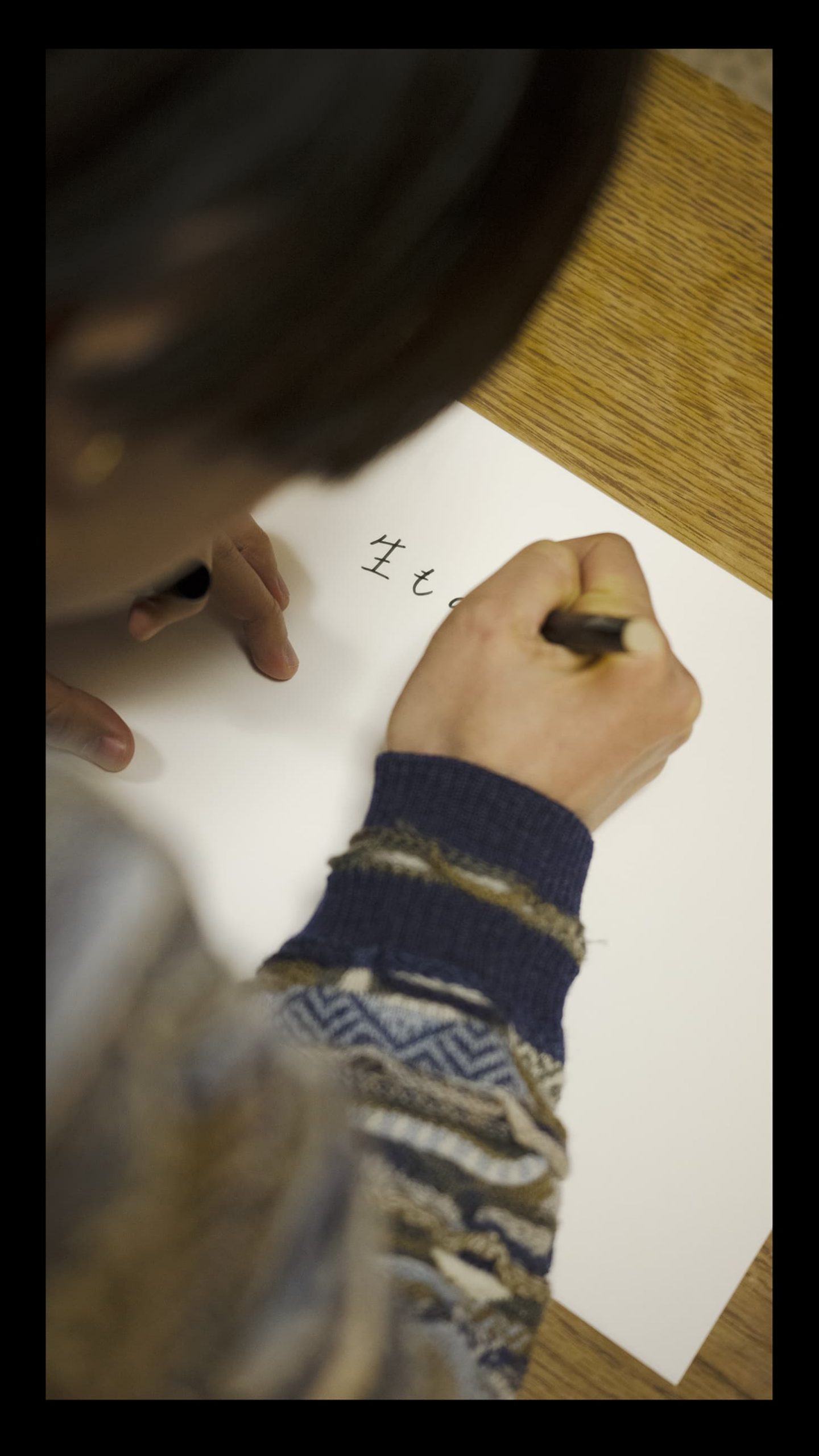
"Our cameras have become a chance for us to go out together and enjoy a common interest"
I was mainly shooting video this time, but I've also begun to take photographs again. I used to use film cameras for my photography until now. When I went somewhere, I quickly took some photos - snapshots, really. And I think I want to keep doing that with the fp. The other day, I actually suggested to my husband that we go for a photo walk. We went to the riverbank with our cameras, shot photos and tried each other's camera (SIGMA fp and Sony α). My husband and I don't have many hobbies in common. I'm a very outdoor person, I like to climb mountains or swim in the sea on my days off. He likes to stay inside and work on the computer. But we both enjoying taking videos, and so our cameras have become a chance for us to go out together and enjoy a common interest. Yes, cameras actually contribute a lot to our communication.


